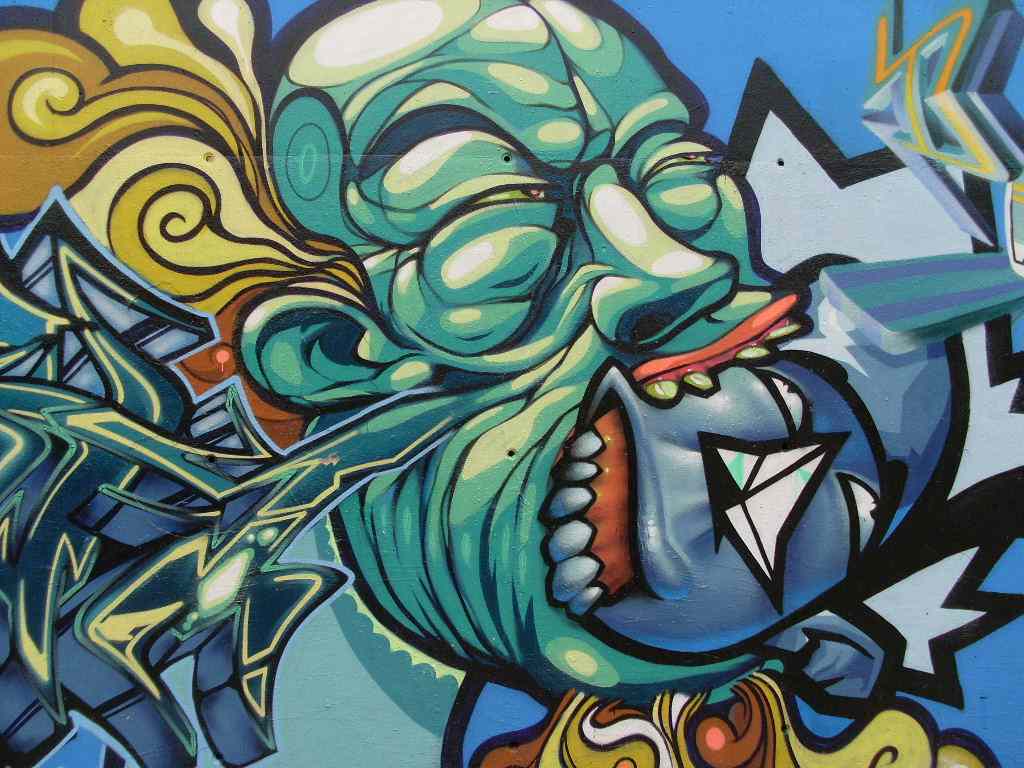Ancient rock reliefs played the role of today's posters . Among these were the Persian rock reliefs, the Greek ''axons'' the Roman ''Albums'', and other ancient carved images from Egypt, and Far East. The Persian rock reliefs depicted the triumphant stories of the Parthian and Sassanian kings. In ancient Greece the name of athletes, and games schedules were written on columns that were slowly turning on an axis. Romans used whitewashed walls in their markets in which sellers, money lenders, and slave traders wrote their announcements and advertised for their products, which in order to attract the attention of customers they added attractive designs .

This Persian rock relief depicts Ardashir I Coronation scene; as the first king of the Sassanid Empire of Iran, Ardashir receives the ribboned diadem, the symbol of kingship, from the spirit of Darius I of Persia of the Achaemenid dynasty. Ardashir takes the diadem with his right hand, and salutes Darius with his left fist and pointed index finger as a token of respect and obedience (a gesture depicted on many Sassanian rock reliefs). The image design is symmetric, and balanced, and is focused on the daidem. Both kings are on horseback and are of equal size. Under the horse of the King Ardashir lies the last of the Parthian Kings, Artabanus IV of Parthia. Under the horse of King Darius lies Gaumata the usurper, a Magian,. The relief of Ardashir is, therefore, the legitimization of the new Sassanian dynasty by the pre-Alexander Achaemenid dynasty. The inscription in Persian, Parthian, and Greek, reads: ''This is the image of the Hormizd-worshipping Majesty Ardashir, whose origin is of the gods.''

Sassanid king Shapur I of Iran in this relief at Naqsh-e Rostam, celebrats his victories over the Roman emperor Publius Licinius Valerianus , City of Marvdasht , Iran. According to Shapur's records:
"Just as we were established on the throne, the emperor Gordianus gathered in all of the Roman Empire an army of Goths and Gemans and marched ... against us. On the edges of Assyria,... there was a great frontal battle. And Gordianus Caesar perished, and we destroyed the Roman army. And the Romans proclaimed Philip emperor. And Philip Caesar came to us for terms, and paid us 500,000 denars as ransom for his life and becme tributary to us".

Relief at the temple Banteay Srei in Angkor, Cambodia, depicting a religious scene.Banteay Srei, is unique among the great temples of Angkor in that it was built not by a monarch, but by a courtier and scholar named Yajnavaraha ("the sacrificial boar"), who served as an advisor and guru to the Cambodian King. It is dedicated in 967 A.D. to the Hindu god Siva. In the middle of the scene stands the ten-headed demon king Ravana. He is shaking the mountain in its very foundations as the animals flee from his presence and as the wise men and mythological beings discuss the situation or pray. According to the legend, Shiva stopped Ravana from shaking the mountain by using his toe to press down on the mountain and to trap Ravana underneath for 1000 years. The east-facing pediment on the southern library shows Shiva seated on the summit of Mount Kailasa, his mythological abode. His consort Uma sits on his lap and clings anxiously to his torso. Other beings are also present on the slopes of the mountain, arranged in a strict hierarchy of three tiers from top to bottom. In the top tier sit bearded wise men and ascetics, in the middle tier mythological figures with the heads of animals and the bodies of humans, and in the bottom tier large animals, including a number of lions.

This shrine stela from the early part of the Amarna Period depicts an intimate family moment of Pharaoh Ankhenaten, his wife Nefertiti, and Princesses Meretaten, Mekeaten, and Ankhesenpaaten worshiping the Aten as a family. While Akhenaten leans forward to give Meretaten a kiss, Mekeaten plays on her mother's lap and gazes up lovingly. At the same time Ankhesenpaaten, the smallest, sits on Nefertiti's shoulder and fiddles with her earring. At the top of the composition, the sun-god, Aten, represented by a raised circle, extends his life-giving rays to the Royal Family.
Go to the next chapter; Chapter 24 - Emergence of the Modern Print, Poster Design, A History of Typeface, and A History of Book Covers
------------------------------------------------------------------------------------

This work is licensed under a Creative Commons Attribution-No Derivative Works 3.0 Unported License.
This work is licensed under a Creative Commons Attribution-No Derivative Works 3.0 Unported License.











